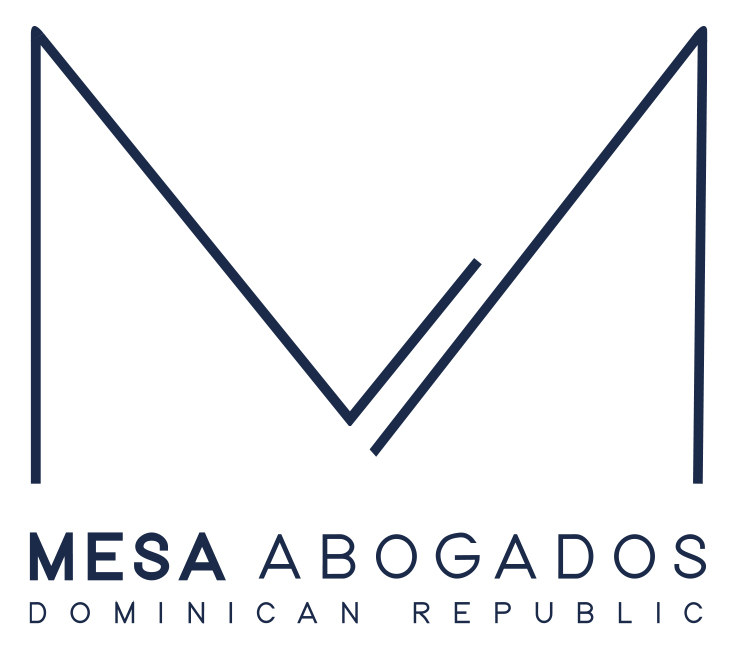Dominican Republic Trademark Registration Guide
In the Dominican Republic, first in time, first in law, means the first who obtains the registration of a trademark will be the first to acquire exclusive use rights over it. Accordingly, registration is compulsory in order to claim exclusive rights to a particular trademark.
The National Intellectual Property Office (ONAPI, as its Spanish abbreviation), when evaluating applications for registration, will give preference to those applicants who have been using the trademark in the country.
It is possible to submit an application on behalf of several people.
Brand types
Local regulations recognize the following as the main types of trade mark: word, mixed, figurative, three-dimensional, sonorous and olfactory.
The stylized word marks are composed only of letters. Figurative marks consist of a drawing, figure or sign and do not contain letters. Mixed marks are a combination of figure and letters.
In the case of mixed, figurative and three-dimensional marks, 5 reproductions of the marks in size 15 x 15 cm must be attached to the application.
Letters, numbers, monograms, figures, portraits, labels, lines and bands and combinations of these, as well as sounds and smells can be registered as trademarks.
Classification
The goods or services to be protected must be classified according to the 11th version of the Nice’s Classification.
An application for trademark registration may cover all goods or services within a class, but it should be borne in mind that this increases the risks of remarks by the regulator.
It is possible to submit a registration application that includes more than one class, known as multiclass records.
Requirements
Applicants residing abroad require a local representative to submit the registration application. Submission of a power of attorney or authorization is mandatory.
Every trademark application requires a physical address in Dominican Republic.
To submit an application for registration the applicant must provide the following information: name, address, description of the trademark, list of goods and services, color (s) to be protected, international class.
The application must indicate the international classification to which the mark belongs, as well as the goods or services to be protected.
The applicant’s signature and payment of the registration fee.
Use
A trademark may be registered without having been used in Dominican Republic. Local regulation does not require proof of use or intended use.
Use is only required after registration.
Trademarks that have not been used without a just cause for a consecutive period of 3 years after their registration can be cancelled.
The regulation makes it possible to waive the right of exclusive use of one or more words of the trademark to be registered.
Colors
The regulation protect design colors as part of the characteristics of the brands.
Priority
The benefit of the right of priority may be claimed by applicants from countries having binding treaties with Dominican Republic. The right of priority must be claimed within 6 months from the date of the first application.
Translation
It is possible to include within the protection a translation of the trademark into a language other than Spanish.
Procedure
Examination of form and substance: Within 15 days of the application the Trademark Office makes a formal and substantive review of the application by issuing an approval decision or opposing to registration.
Publication: If the application is approved, the applicant must pay the publication fee. This publication is made every other week in a newspaper of national coverage.
Opposition: The Trademark Office issues an objection action, which must be responded to by the applicant within 30 days of notification.
Third parties who feel affected by an application for registration have 45 days after publication to file an opposition before the Trademark Office.
Oppositions to trademark applications are notified to the applicant, who has 30 days to submit his/her arguments. It is possible to obtain an extension of this period.
The oppositions are known by the ONAPI legal department. ONAPI’s response takes 3 to 6 months.
Certificate of Registration: If the applicant has complied with the formal and substantive requirements and has not been objected to by a third party, ONAPI will issue the registration certificate, which is valid for 10 years.
Should there is no opposition from a third party, the registration process takes approximately 4 months.
Renewal
The trademark may be renewed for succeeding 10-years periods, no later than six (6) months prior to its expiration date or six (6) years thereafter, but in the latter case it would pay the fee plus an extra charge.
MESA & MESA | Abogados
info@mesalex.com
Our Blog
- Frequently Asked Question (FQA) For Doing Business in Dominican Republic.
- Procedure to Appy for a Registration of a Provisional Legal Mortgage as Security for Payment
- Enforcement of Foreign Judgment in Dominican Republic
- Aviation Regulations in Dominican Republic
- Rules on Operation of Airports and Aircrafts in The Dominican Republic
- How Establish and Operate with a Foreign Company
- Precautionary Measures for the Protection of Credit Originated in a Foreign Judgment.
- Consumer Protection: The Removal of Defective Products.
- Dominican Republic Trademark Registration Guide
- List of Requirement to Opt for Dominican Republic Citizenship by Investment

